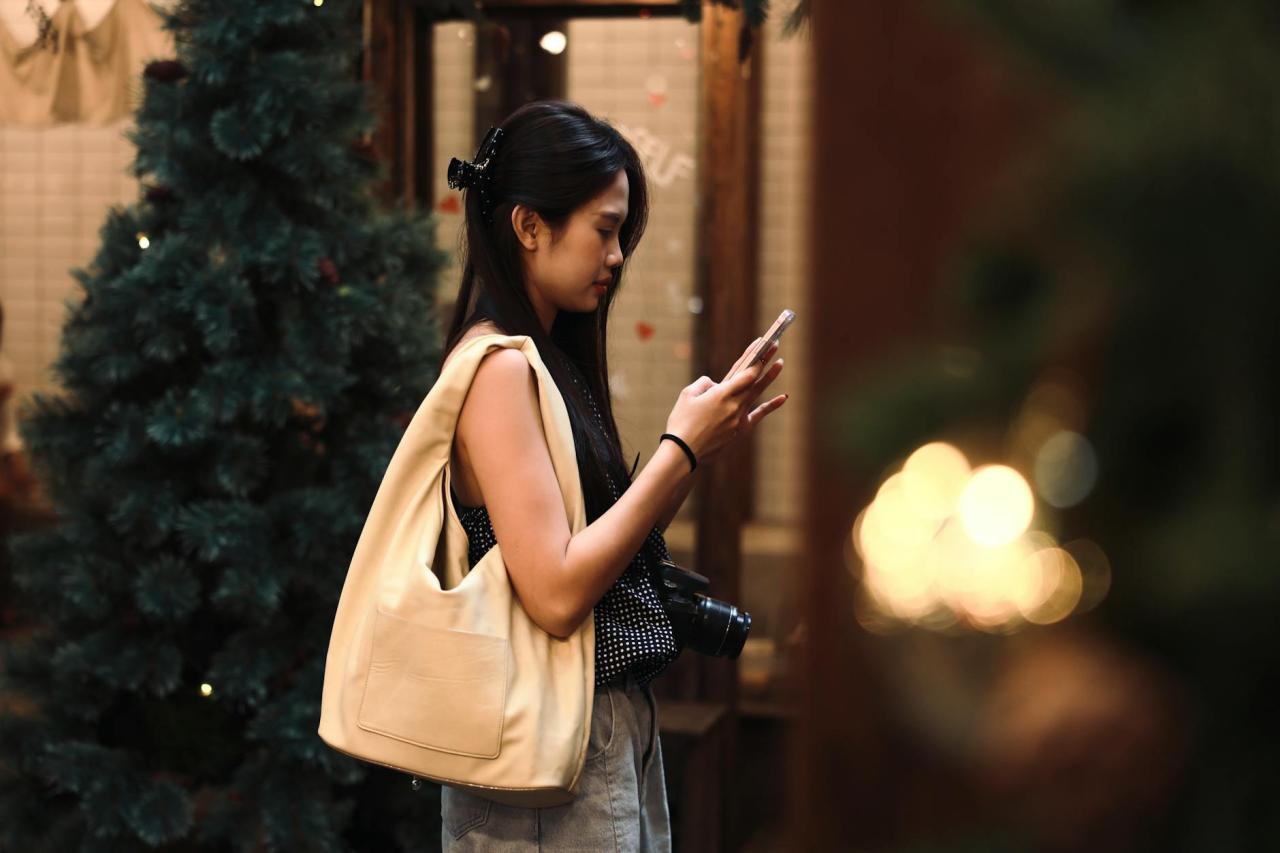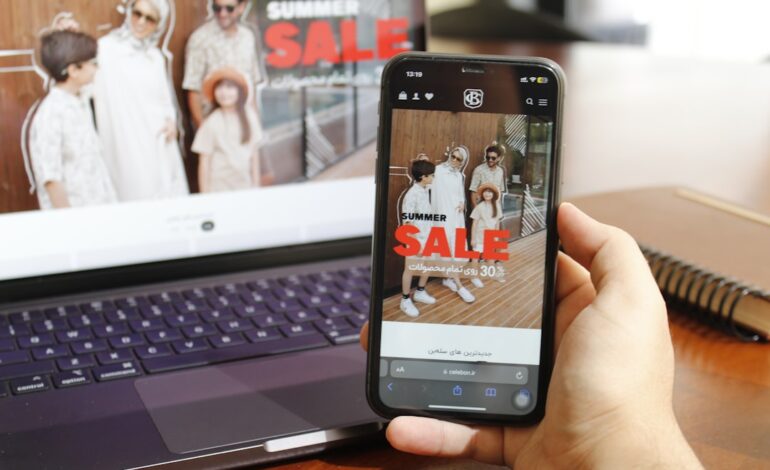The future is now: meet the fashion tech startups revolutionizing your closet

The quiet revolution happening in our closets
Fashion has always been about what’s next. For decades, that meant new silhouettes, a daring color palette, or the resurgence of a vintage trend. But today, the most significant revolution in fashion isn’t happening on the runways of Paris or Milan. It’s happening in tech labs, on servers, and within the very fibers of the clothes we wear. Welcome to the world of fashion tech, where innovative startups are using technology to solve some of the industry’s biggest problems, from sustainability to the age-old question: “Will this actually fit me?”

At KIQIZ, we’re always tracking the latest trends, and the fusion of fashion and technology is undoubtedly the biggest story of the decade. These aren’t just gadgets or gimmicks; these are companies fundamentally changing how clothes are designed, manufactured, sold, and even experienced. They are making fashion more personal, more sustainable, and infinitely more exciting. Forget just following trends—these startups are creating the very future of style. Let’s pull back the curtain and meet the pioneers leading the charge.
Making fashion sustainable: tech for a greener closet
The fashion industry’s environmental footprint is a hot topic, and for a good reason. The traditional model of ‘take-make-waste’ has led to overflowing landfills and massive resource consumption. Thankfully, a new wave of tech startups is tackling this challenge head-on, proving that style and sustainability can coexist beautifully.
Bolt Threads: Weaving the future with nature

What if your favorite leather jacket wasn’t made from an animal, but from mushrooms? That’s the groundbreaking reality being created by Bolt Threads. This materials science company is famous for Mylo™, a sustainable leather alternative made from mycelium, the root structure of mushrooms. It looks and feels remarkably like animal leather but is created in a fraction of the time with a significantly lower environmental impact. They’ve already collaborated with major names like Stella McCartney and Adidas, signaling a massive shift in how luxury materials are sourced and produced. It’s a game-changer that proves high fashion doesn’t have to come at a high cost to the planet.
Unmade: The end of overproduction?
One of the biggest sources of waste in fashion is overproduction. Brands have to guess which sizes and styles will be popular, often leading to huge amounts of unsold inventory. Unmade is a London-based startup that offers a brilliant solution: on-demand manufacturing. Their software platform integrates with apparel manufacturing machinery, allowing brands to produce items only *after* a customer has placed an order. This means no more wasted stock. Even more exciting, it opens the door for customization. Imagine designing your own knitwear pattern and having it made just for you. Brands like New Balance have already used Unmade’s technology for limited-edition launches, offering a glimpse into a future where every garment is made with a purpose and a person in mind.
The perfect fit is no longer a myth: AI and personalization
Online shopping is convenient, but it comes with a major drawback: you can’t try things on. The hassle of returns due to poor fit is frustrating for customers and costly for businesses. Artificial intelligence is now stepping in to act as our personal virtual tailor, making the ‘add to cart’ button a much less risky click.
3DLOOK: Your personal fitting room, in your pocket

How can a brand know your exact measurements without you ever stepping into a store? 3DLOOK has the answer. Using just two photos from your smartphone, their patented technology can create a 3D model of your body and instantly extract precise measurements. Retailers can then integrate this into their websites to provide highly accurate size recommendations. You simply take a quick scan, and the site tells you whether you need a small, medium, or large in that specific item. This not only slashes return rates but also gives shoppers the confidence to buy, knowing their new outfit will fit like it was made for them.
Stitch Fix: The AI-powered personal stylist
While not a brand new startup, Stitch Fix pioneered the model that many are now following. It completely flips the script on shopping. Instead of you browsing endless pages, a combination of human stylists and powerful AI algorithms curates a box of clothes and accessories specifically for you, based on your style profile, feedback, and even your Pinterest boards. The AI analyzes vast amounts of data to identify patterns and predict what you’ll love, while the human stylist adds the final touch of nuance and creativity. It’s a perfect blend of data science and human expertise that makes personal styling accessible to everyone, learning and evolving with your taste over time.
Entering the fashion-verse: digital clothing and NFTs
Perhaps the most futuristic trend of all is fashion that doesn’t physically exist. As our lives become increasingly digital, so do our wardrobes. Digital fashion startups are creating stunning garments that you can ‘wear’ on social media, in video games, or in the metaverse.
The Fabricant: The world’s first digital-only fashion house
The Fabricant isn’t just a company; it’s a vision of a new fashion reality. This digital fashion house creates hyper-realistic 3D garments that defy the laws of physics. Think dresses made of ethereal light or jackets that shimmer and change with digital weather. They collaborate with major brands like Adidas and Puma to create digital collections and NFTs (Non-Fungible Tokens), which are unique digital assets that prove ownership. In 2019, they sold a digital dress called “Iridescence” for $9,500, proving that there is a real, high-value market for virtual couture. It’s fashion as pure expression, with zero waste, zero materials, and limitless creativity.
DressX: Your new limitless digital wardrobe
If The Fabricant is the couture house of the digital world, DressX is the biggest digital fashion store. It’s a platform where you can buy digital-only pieces from a variety of contemporary designers. The process is simple: you choose a garment, upload a photo of yourself, and their team professionally ‘fits’ the digital clothing onto your picture. The result is a high-quality image perfect for Instagram or any other social platform. It allows fashion lovers to experiment with bold, avant-garde looks without the cost or environmental impact of physical production. It’s the ultimate solution for that ‘wear it once for the picture’ culture, offering a sustainable way to keep your feed fresh and exciting.
What does this all mean for your wardrobe?
This technological wave might seem abstract, but its effects are already trickling down to the average shopper. In the near future, you can expect a shopping experience that is radically different—and better—than today’s.
Your online shopping journey will be hyper-personalized. AI will know your measurements and style preferences better than you do, suggesting items that are guaranteed to fit and flatter. The frustration of receiving an item that looks nothing like it did on the model will become a thing of the past thanks to virtual try-on technology.
Sustainability will become the default, not the exception. On-demand manufacturing and innovative materials will mean less waste and a clearer conscience with every purchase. You’ll be able to trace your garment’s journey from raw material to your doorstep using blockchain technology, ensuring it was made ethically.
Finally, your sense of style will extend beyond your physical closet. You’ll have a digital wardrobe for your online persona, allowing for endless experimentation and creativity in the virtual realm. Your video game avatar might be wearing the latest digital sneaker drop from a major brand, and you’ll own it as a unique NFT.
The future of fashion is already here
The line between technology and fashion is no longer just blurring; it has completely dissolved. The startups we’ve explored are more than just interesting novelties; they are the architects of the industry’s future. They are proving that fashion can be smarter, kinder to the planet, more inclusive, and more personal than ever before.
So, the next time you shop for a new outfit, remember that the biggest innovations aren’t just in the cut or the color. They’re in the code that recommended your size, the sustainable material it’s made from, and the digital life it might one day have. The revolution is here, and it looks incredibly stylish.




